F.A. Ray's Gay for Pray is a compelling exploration of identity, faith, and forbidden love, set against the backdrop of a Catholic university. The novel deftly navigates the complex terrain of personal desires clashing with societal and familial expectations, offering readers a poignant and often humorous look at the journey of self-discovery.
At the heart of the story is Theodore Walsh, a character whose life has been meticulously planned by his father, a deacon, with the expectation that he will join the priesthood. Theodore's internal struggle is palpable from the outset. He is a young man caught between the weight of his divine destiny and the burgeoning desires he has long suppressed. Ray does an exceptional job of portraying Theodore's internal conflict, making him a deeply relatable character for anyone who has ever felt trapped by the expectations of others.
Theodore's world is turned upside down when he meets Jude, an openly gay classmate who embodies everything Theodore secretly yearns for. Jude is the antithesis of Theodore's carefully constructed life. He is confident, unapologetically himself, and refreshingly kind. The dynamic between these two characters is electric, and Ray skillfully uses their interactions to explore themes of acceptance and authenticity. Jude's presence in Theodore's life forces him to confront his own prejudices and fears, setting the stage for a transformative journey.
The setting of A.S.S. University, a Catholic institution, adds an additional layer of complexity to the narrative. The university's liturgical choir, where Theodore seeks refuge, becomes a symbolic space where the sacred and the secular collide. It is here that Theodore and Jude's paths intersect, leading to a series of events that challenge both characters to reevaluate their beliefs and desires. Ray's choice to use the choir as a meeting point is particularly effective, as it underscores the tension between Theodore's religious obligations and his personal inclinations.
One of the novel's strengths is its ability to balance humor with more serious themes. The title itself, Gay for Pray, hints at the playful tone that permeates the book. Ray's writing is infused with wit, and the dialogue between Theodore and Jude is often laugh-out-loud funny. This humor serves as a counterbalance to the heavier themes of the novel, making the story both engaging and thought-provoking.
The novel's exploration of identity is not limited to Theodore alone. Jude, too, is a well-rounded character with his own set of challenges. While he appears confident and self-assured, Ray reveals the vulnerabilities beneath his facade. Jude's decision to join the liturgical choir in search of a queer community highlights his own longing for connection and acceptance. This parallel journey of self-discovery adds depth to the narrative and reinforces the idea that identity is a multifaceted and evolving concept.
Ray's portrayal of the relationship between Theodore and Jude is nuanced and realistic. The initial animosity between the two characters gradually gives way to mutual understanding and attraction. Their relationship is marked by moments of tenderness and tension, capturing the complexity of navigating a forbidden romance. The author does not shy away from depicting the challenges they face, including societal judgment and internalized homophobia, making their eventual union all the more satisfying.
In terms of character development, both Theodore and Jude undergo significant transformations over the course of the novel. Theodore's journey from a conflicted and repressed young man to someone who embraces his true self is particularly compelling. Ray handles this transformation with sensitivity and authenticity, allowing readers to witness Theodore's growth in a way that feels organic and believable.
Comparatively, Gay for Pray shares thematic similarities with other works that explore the intersection of faith and sexuality, such as Call Me by Your Name by André Aciman and The Miseducation of Cameron Post by Emily M. Danforth. However, Ray's novel stands out for its unique setting and its ability to infuse humor into a narrative that deals with serious subject matter. The novel's blend of romance, comedy, and introspection makes it a standout addition to the genre.
Overall, Gay for Pray is a beautifully crafted story that resonates on multiple levels. F.A. Ray has created a narrative that is both entertaining and enlightening, offering readers a fresh perspective on the complexities of identity and love. The novel's exploration of faith, desire, and self-acceptance is handled with grace and humor, making it a must-read for anyone seeking a story that is both heartwarming and thought-provoking.
In conclusion, Gay for Pray is a testament to the power of storytelling to challenge societal norms and inspire personal growth. Ray's ability to weave humor and heart into a narrative about forbidden love and self-discovery makes this novel a truly memorable read. Whether you are drawn to stories of romance, personal transformation, or the exploration of faith, Gay for Pray offers something for everyone.





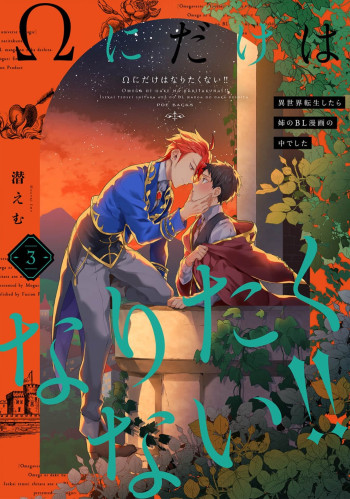
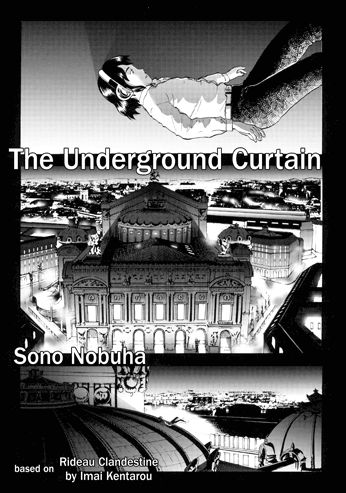
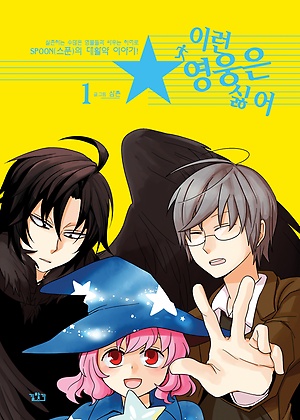





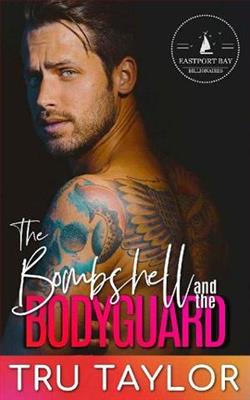
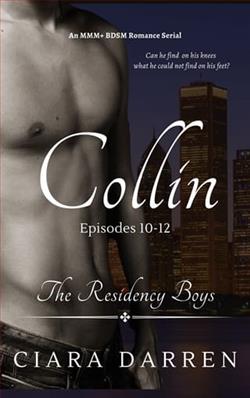

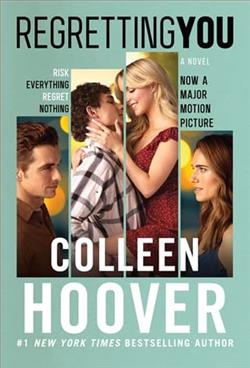






Reviews 0
Post a Reviews: